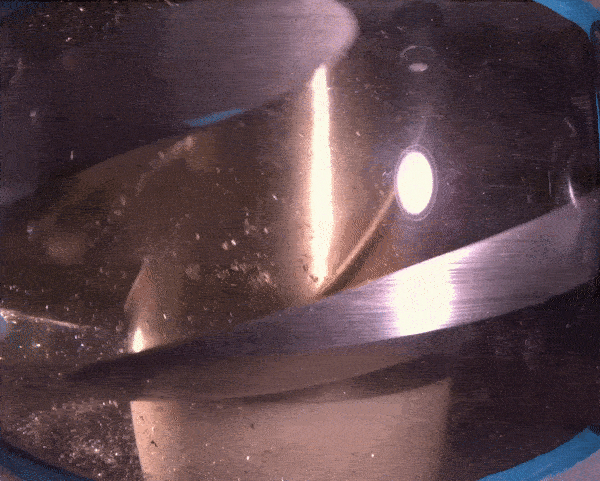Rivers are the lifeblood of our planet — ancient systems that have shaped civilizations, nourished communities, and carried the energy of renewal for millennia. Our purpose is to honor their power, not exploit it. We exist to create hydropower abundance and protect rivers, turning the natural flow of water into a lasting source of clean, low-carbon energy for an evermore intelligent, thriving society.
Every project we build and operate begins with stewardship — ensuring ecosystems thrive as humanity progresses. We believe true abundance comes from harmony, not extraction, and that when we work with nature instead of against it, the results can endure for generations. Through thoughtful engineering and deep respect for the rivers that sustain us, we are shaping an abundant energy future that is as ethical as it is powerful.
Now Energy has partnered with Natel Energy to deepen the new conversation between the hydro industry, regulators, and the river community. Natel’s patented FishSafe™ Restoration Hydro Turbine (RHT) runner designs feature thick, forward-swept blades that allow fish to pass safely downstream through the turbine without compromising on power production. This unique shape is informed by laboratory blade strike studies, computational fluid dynamics (CFD) modeling, and numerous fish passage tests.
We are also involved in various working groups in the Uncommon Dialogue to bring rationality to which existing dams should be removed, which should be rehabilitated to ensure public safety, and which non-powered dams are appropriate for 21st century hydropower.
Natel’s runner designs combine through-turbine fish passage with resistance to cavitation and >90% peak hydraulic efficiency. Natel rigorously tests design performance at their IEC 60193-compliant hydraulic test facility. Performance tests measure flow, pressure, torque, and speed of scale-model turbines and are conducted to the American Society of Mechanical Engineers PTC-18 standard.
Now Energy’s design philosophy for low-head, run-of-river sites safeguards a majority of the river flow and apportions less than half of flow to the hydropower system. This allows the turbine array to utilize over 90% of the river’s hydraulic capacity.
The turbines’ nameplate capacity is tightly coupled to the upper end of the river’s flow duration curve, allowing efficient use of the turbines and their associated capital expense, and resulting in plant capacity factors over 75%. The average capacity factor for the old-school hydro industry is 35-40%.
The benefits of this approach
provides a firm, dispatchable renewable energy resource that can command a premium price to intermittent sources of generation
facilitates fish passage
increases dissolved oxygen levels for riverine health
We collapse the time from site selection to commercial operation date (COD) by partnering with all stakeholders on Day One, on every project. Our approach eliminates project friction as everyone feels part ownership in the process of making the nation’s grid better, cleaner, more reliable, and more affordable.
Typical project stakeholders
Tribal nations
River communities
Marine and civil contractors
Turbine and electrical OEMs
Federal agencies: FERC, USACE, USFWS, BLM
State agencies: DNRs, DEPs, DECs
Local municipalities
US senators and house members
Regional Transmission Organizations
Utilities on distribution interconnections
Hyperscaler companies
Hard-to-decarbonize industries
Energy exchanges: ICE, LevelTen, IOUs
National labs: PNNL, INL, ORNL, NREL
National Hydropower Association
DOE Water Power Technology Office
DOE Loan Program Office
For centuries, dams have been built from cast-in-place concrete, roller compacted concrete, earth, stone, or other building materials. Today, dams and other types of civil water infrastructure must be constructed faster, be of top quality, offer less risk, be environmentally sound, reduce labor and complexity, and be more easily permitted and maintained.
To achieve all this, and remain cost competitive, FDE Hydro developed and patented the French Dam from real-world, practical experience using precast concrete and other modular components. FDE Hydro took a proven, accepted construction use and created an innovative, “disruptive technology” for the water industry.











